.png)
January: Quadrantids Meteor Shower
Peaks around January 3-4, offering up to 120 meteors per hour under optimal conditions.
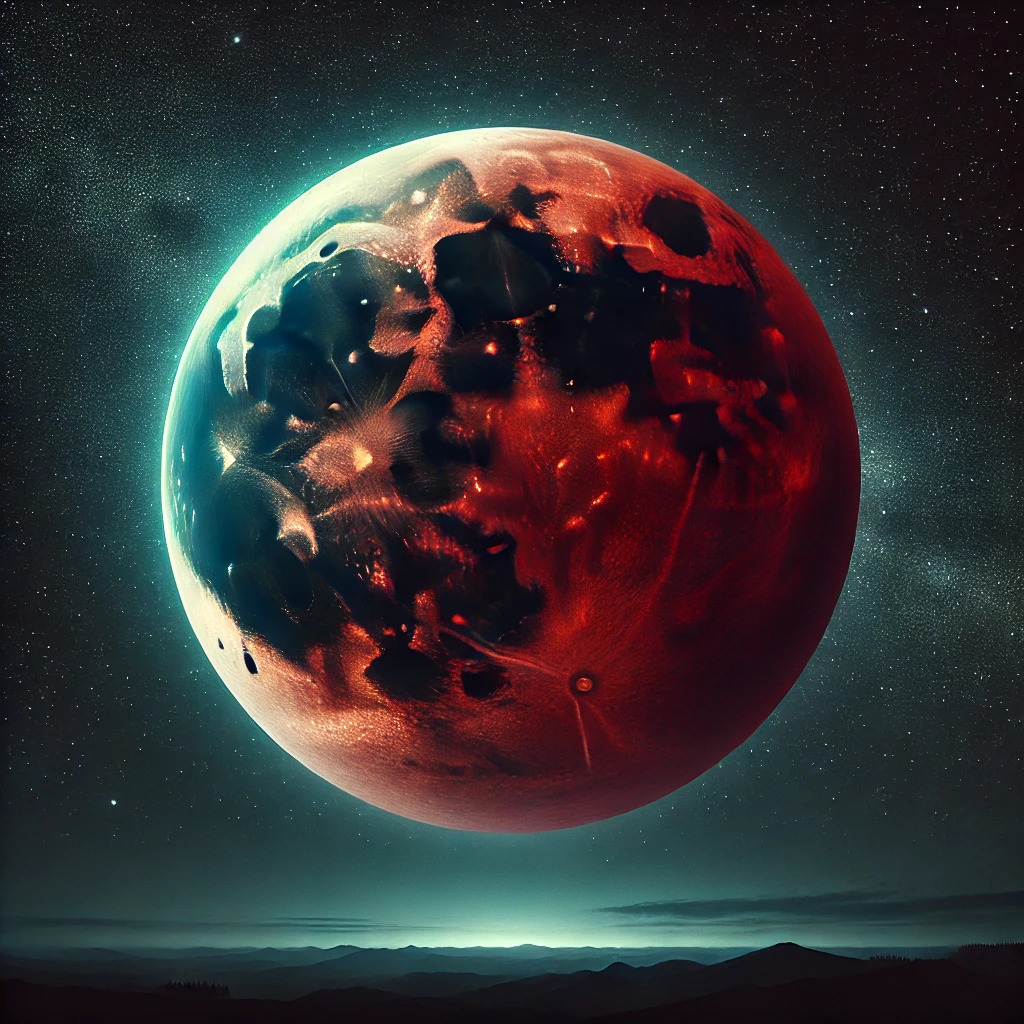
March: Total Lunar Eclipse
Occurs on March 13-14, where the Moon will appear reddish, often referred to as a "Blood Moon."
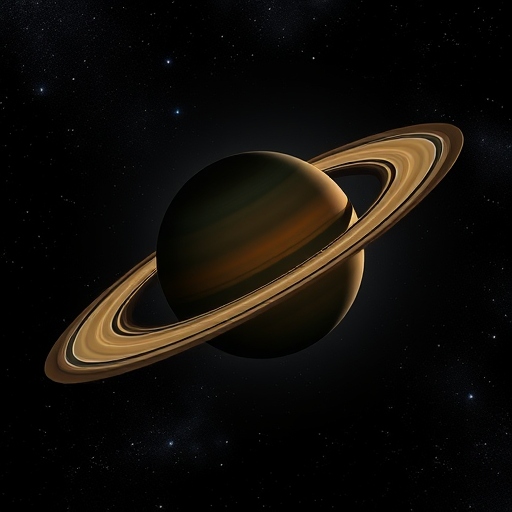
March: Saturn's Rings Edge-On
In March, Saturn's rings will appear edge-on from Earth's perspective, making them seem to vanish.
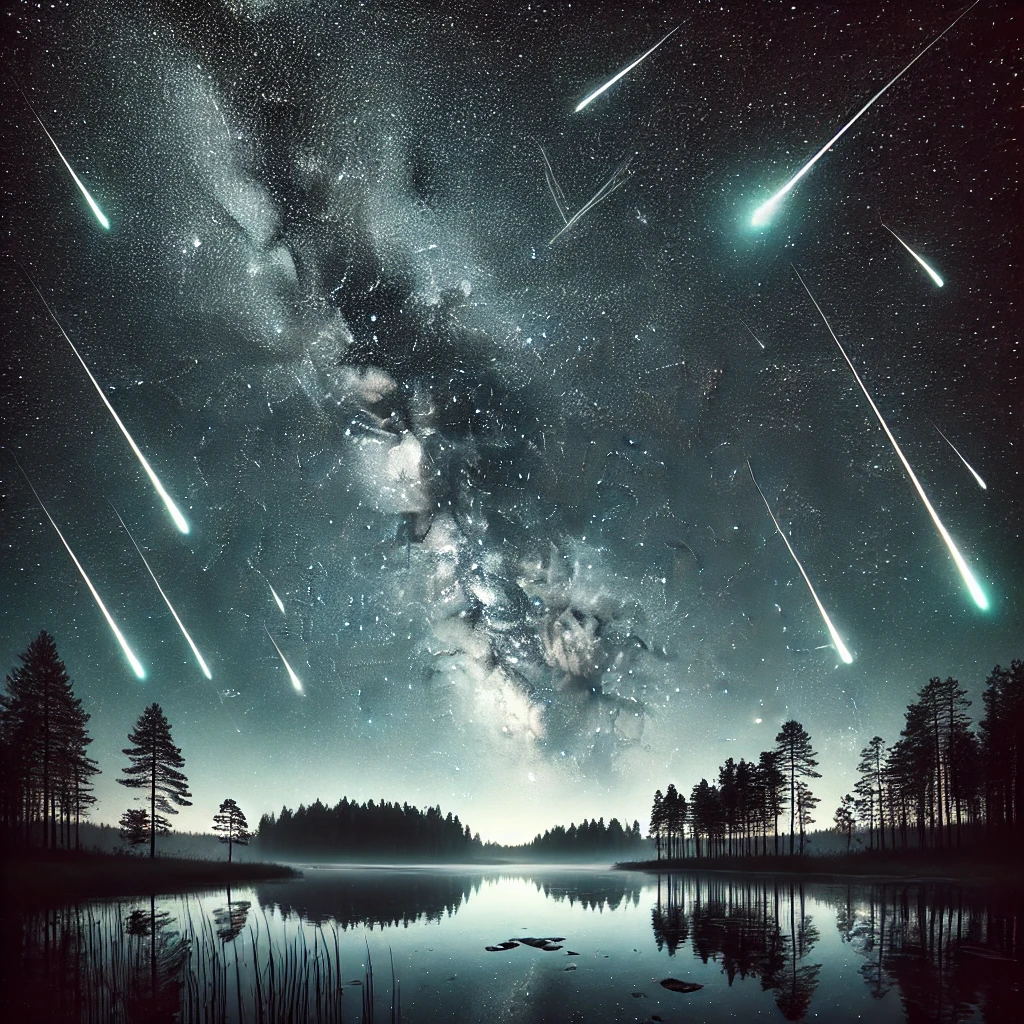
April: Lyrids Meteor Shower
Peaks around April 22-23, with about 20 meteors per hour.
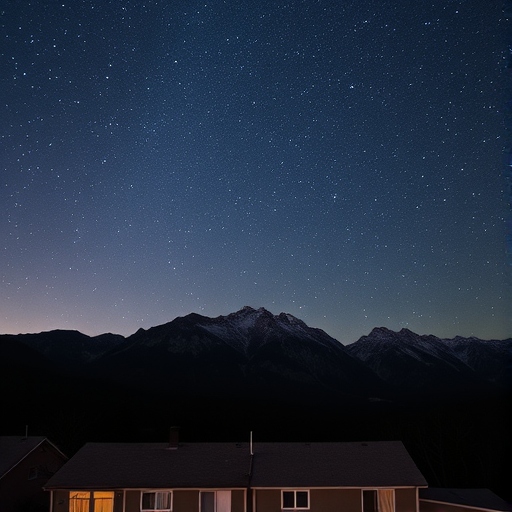
May: Eta Aquarids Meteor Shower
Peaks around May 5-6, known for fast-moving meteors, with up to 60 meteors per hour.
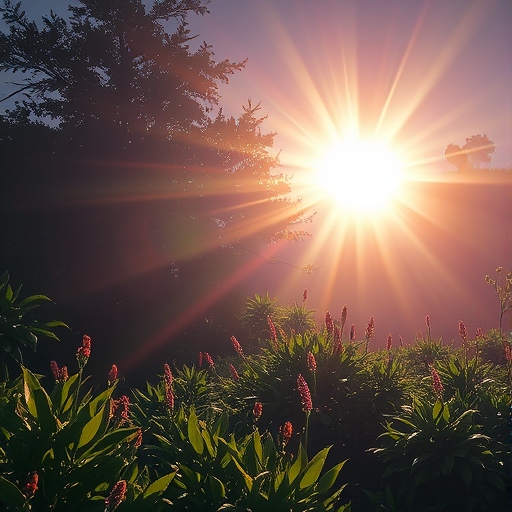
June: June Solstice
Occurs on June 21, marking the beginning of summer in the Northern Hemisphere.
.png)
August: Perseids Meteor Shower
Peaks around August 12-13, one of the most popular meteor showers, with up to 100 meteors per hour.
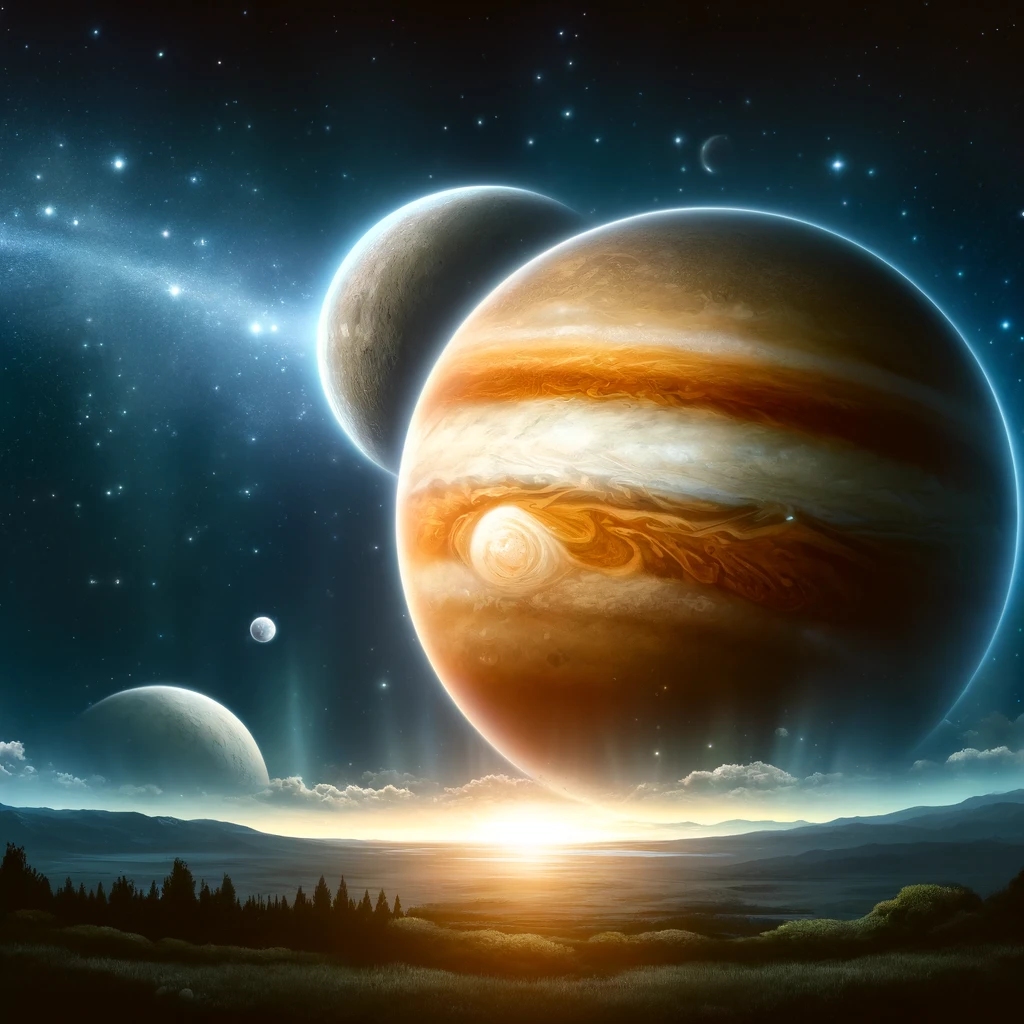
August: Conjunction of Venus and Jupiter
On August 11-12, Venus and Jupiter will appear very close together in the night sky, visible to the naked eye.
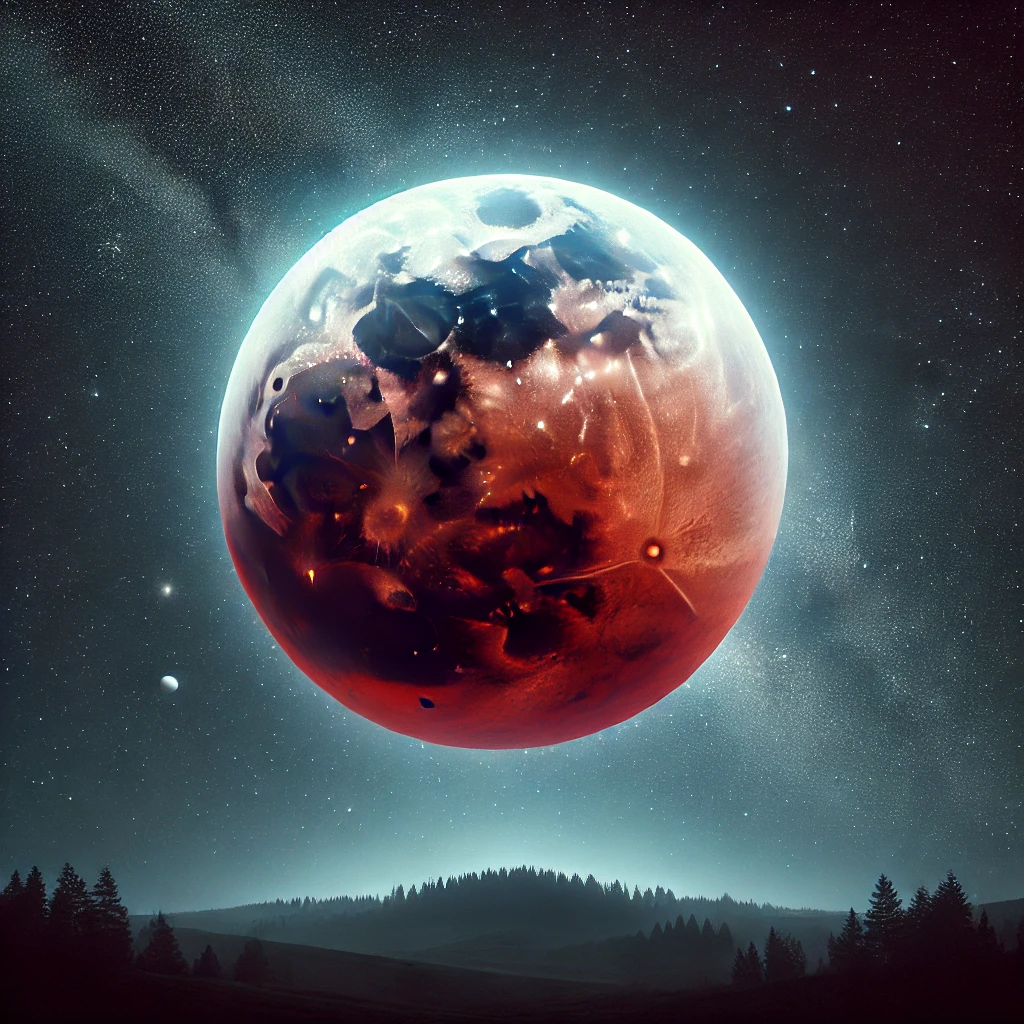
September: Total Lunar Eclipse
Another "Blood Moon" will occur on September 7-8, offering a reddish appearance of the Moon.
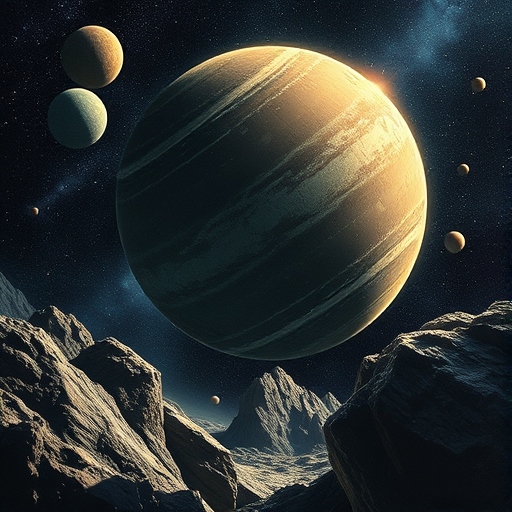
October: Draconids Meteor Shower
Peaks around October 8-9, typically modest but can produce unexpected outbursts.
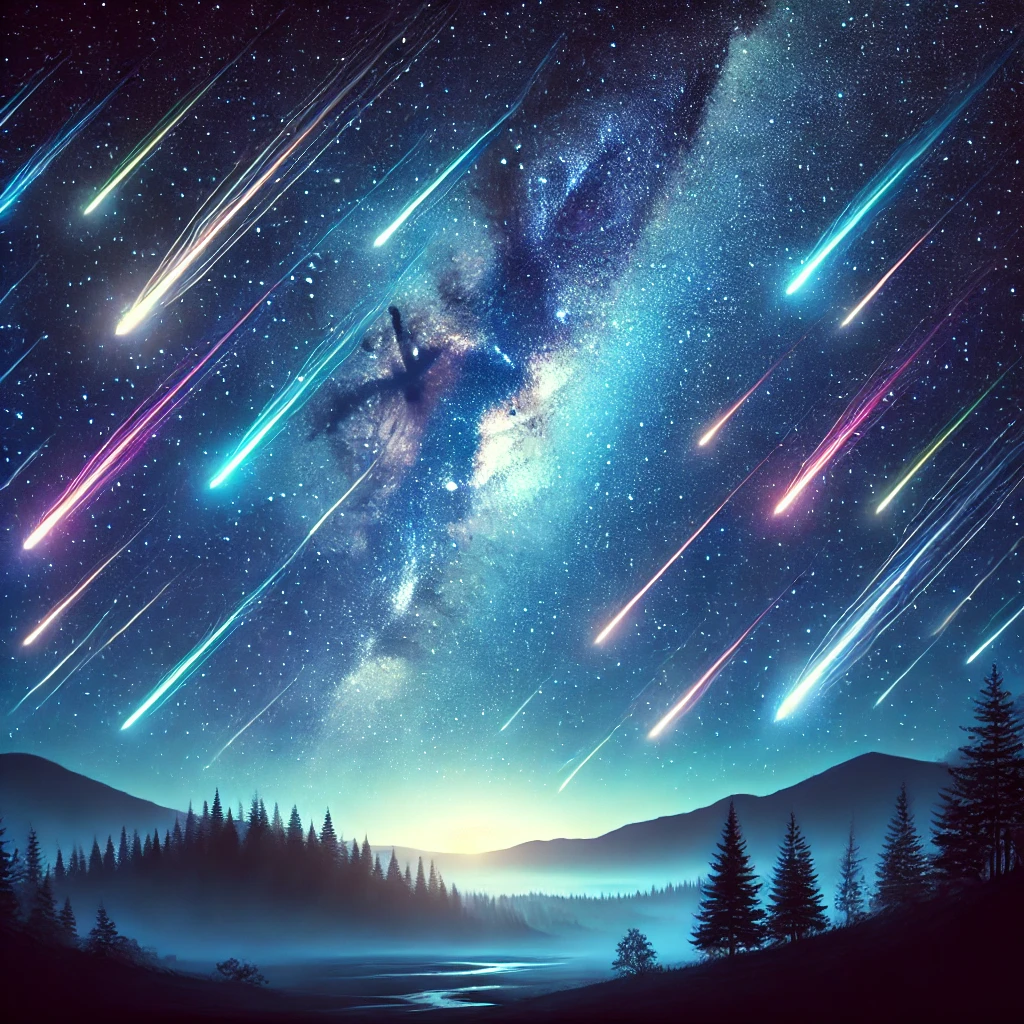
October: Orionids Meteor Shower
Peaks around October 21-22, with about 20 meteors per hour.
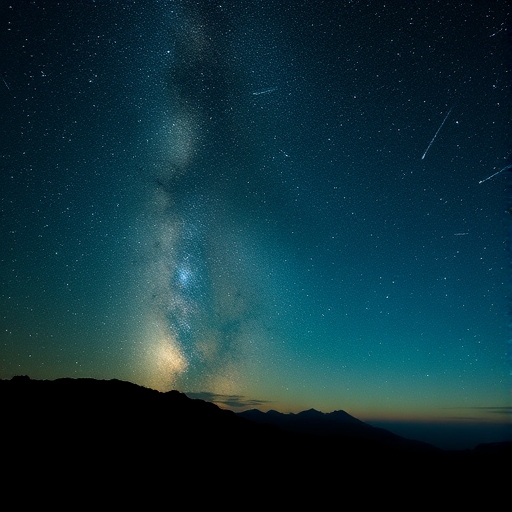
November: Leonids Meteor Shower
Peaks around November 17-18, known for producing some of the fastest meteors.

December: Geminids Meteor Shower
Peaks around December 14, considered one of the best meteor showers, with up to 160 meteors per hour.
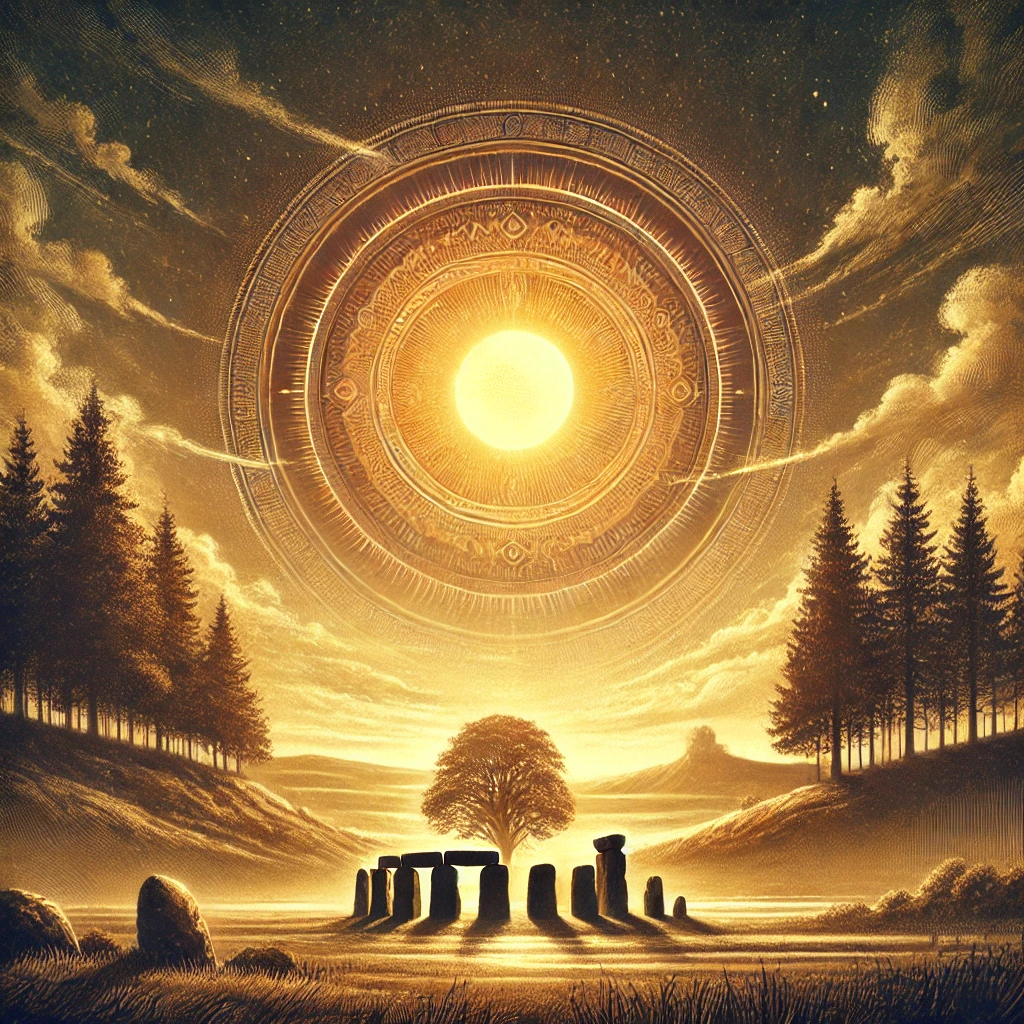
December: December Solstice
Occurs on December 21, marking the beginning of winter in the Northern Hemisphere.